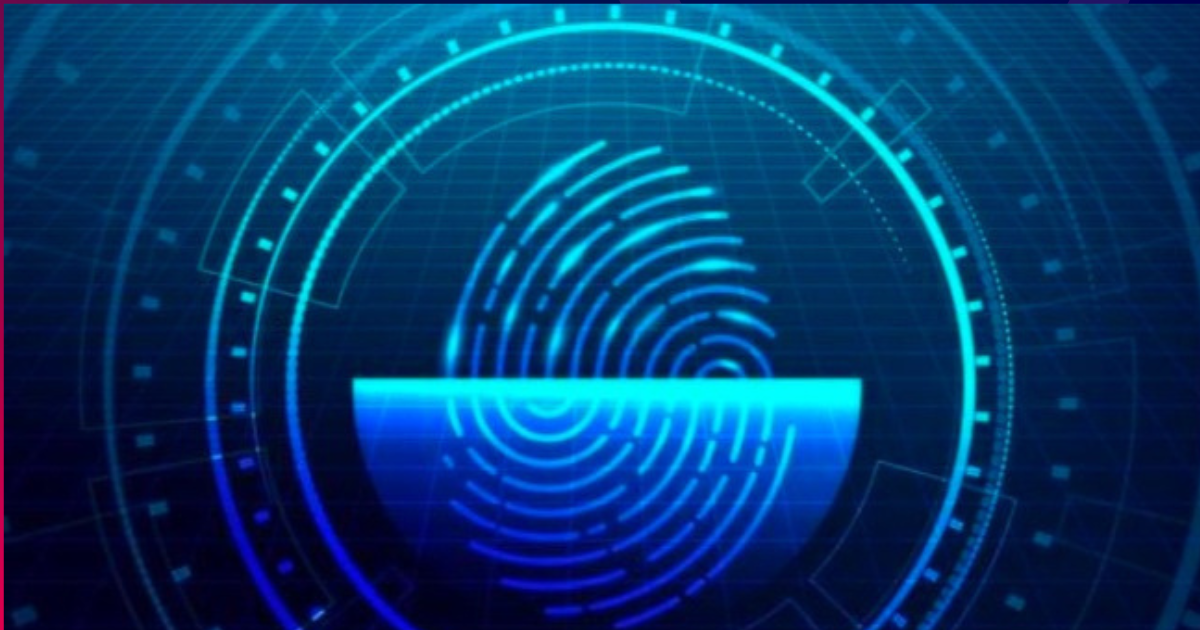Biometrics is a technology that uses unique physical and behavioral characteristics of people to identify them. Instead of using passwords or ID cards, biometrics relies on features that are unique to each person.
Table of Contents
Common Types of Biometrics
- Fingerprint Recognition: Uses the unique patterns on your fingers.
- Facial Recognition: Identifies you by analyzing your face.
- Iris Recognition: Looks at the unique patterns in the colored part of your eyes.
- Voice Recognition: Uses your voice’s unique sound and patterns.
- Behavioral Biometrics: Includes how you sign your name, type on a keyboard, or even how you walk.
Who invented biometrics?
Biometrics wasn’t invented by one person but developed over time by many. Key contributors include:
- Alphonse Bertillon: Developed the Bertillon system using physical measurements for identification in the late 19th century.
- Sir Francis Galton: Proved that fingerprints are unique to each person in 1892.
- Edward Henry: Created a fingerprint classification system used by police worldwide.
Modern biometrics, like face and voice recognition, have advanced with new technology and contributions from many scientists.
How do biometrics work?
Biometrics uses unique physical and behavioral characteristics to identify individuals. Here’s a simple explanation of the process:
- Capture: The system takes a sample, like a fingerprint or face photo.
- Extraction: It picks out unique features from the sample.
- Comparison: These features are compared to stored data.
- Matching: If the features match the stored data, the person is identified.
- Decision: The system grants access or verifies the person’s identity.
Example: Fingerprint Recognition
- Capture: You place your finger on a scanner.
- Extraction: The scanner reads the unique patterns of your fingerprint.
- Comparison: The system compares your fingerprint patterns to those stored in its database.
- Matching: If your fingerprint matches a stored template, you are identified.
- Decision: The system grants you access or confirms your identity.
Are Biometrics Secure?
Yes, biometrics are generally secure, but there are some things to keep in mind:
Pros –
- Unique: Each person’s biometric features, like fingerprints or facial features, are unique.
- Convenient: No need to remember passwords or carry cards.
- Fast: Quick and easy to use.
Cons –
- Privacy: Storing biometric data can raise privacy concerns if it gets hacked.
- Errors: Sometimes, the system might not recognize you or could identify the wrong person.
- Cost: Setting up and maintaining biometric systems can be expensive.
- Changes: Injuries or changes in appearance can affect recognition.
While biometrics are secure, it’s good to use them with other security measures and ensure data is protected.
Are Biometrics Accurate and Reliable?
Yes, biometrics are generally accurate and reliable, but here are some things to know:
Accuracy and Reliability
- High Accuracy: Technologies like fingerprint and facial recognition are usually good at identifying people correctly.
- Getting Better: Biometrics are improving with new technology, making them more reliable with fewer mistakes.
- Depends on Use: Accuracy can vary based on the type of biometric used and how well it’s set up.
Things to Consider
- Privacy and Security: It’s important to keep biometric data safe from hacking to maintain accuracy and protect privacy.
- Changes Over Time: Sometimes, biometrics might need updating to account for changes like aging or injuries.
- Cost and Setup: Setting up good biometric systems can be expensive and needs careful planning.
Overall, biometrics are usually accurate and reliable, but it’s important to use them carefully and keep security in mind.
Read More : What Is Computer Vision?
Conclusion
In 2024, biometrics are a generally accurate and reliable way to identify people. They are improving with new technology and are convenient and quick to use. However, it’s important to keep biometric data secure and be aware of potential changes over time that might affect accuracy. While setting up these systems can be costly, their benefits often outweigh the drawbacks, making them a valuable tool for security and identification.
Frequently Asked Questions (FAQs)
- What are biometrics?
Ans- Biometrics are unique physical or behavioral features used to identify individuals. Common examples include fingerprints, facial recognition, and iris scans. - How do biometric systems work?
Ans- Biometric systems capture a person’s unique feature, like a fingerprint, and compare it to a stored database to verify identity. - Are biometrics safe?
Ans- Generally, yes. Biometric data is often encrypted and stored securely, but no system is completely immune to hacking. It’s important to use systems from reputable providers. - What are the common uses of biometrics?
Ans- Biometrics are used for security (unlocking phones, securing buildings), identification (airport security, border control), and time management (employee attendance systems). - Can biometrics be faked?
Ans- Yes, biometrics can be faked, but it is hard to do. Advanced biometric systems have methods to detect fake fingerprints or photos, but very sophisticated tricks might still get through. - Do biometric systems store my actual fingerprint or face?
Ans- No, they usually store a digital representation or template of your biometric data, not the actual image or pattern, making it harder for the data to be misused. - What happens if my biometric data is stolen?
Ans- If your biometric data is stolen, it can be a problem because you can’t change your fingerprint or face like a password. To protect your identity, you might need to use extra security measures or different ways to prove who you are.
